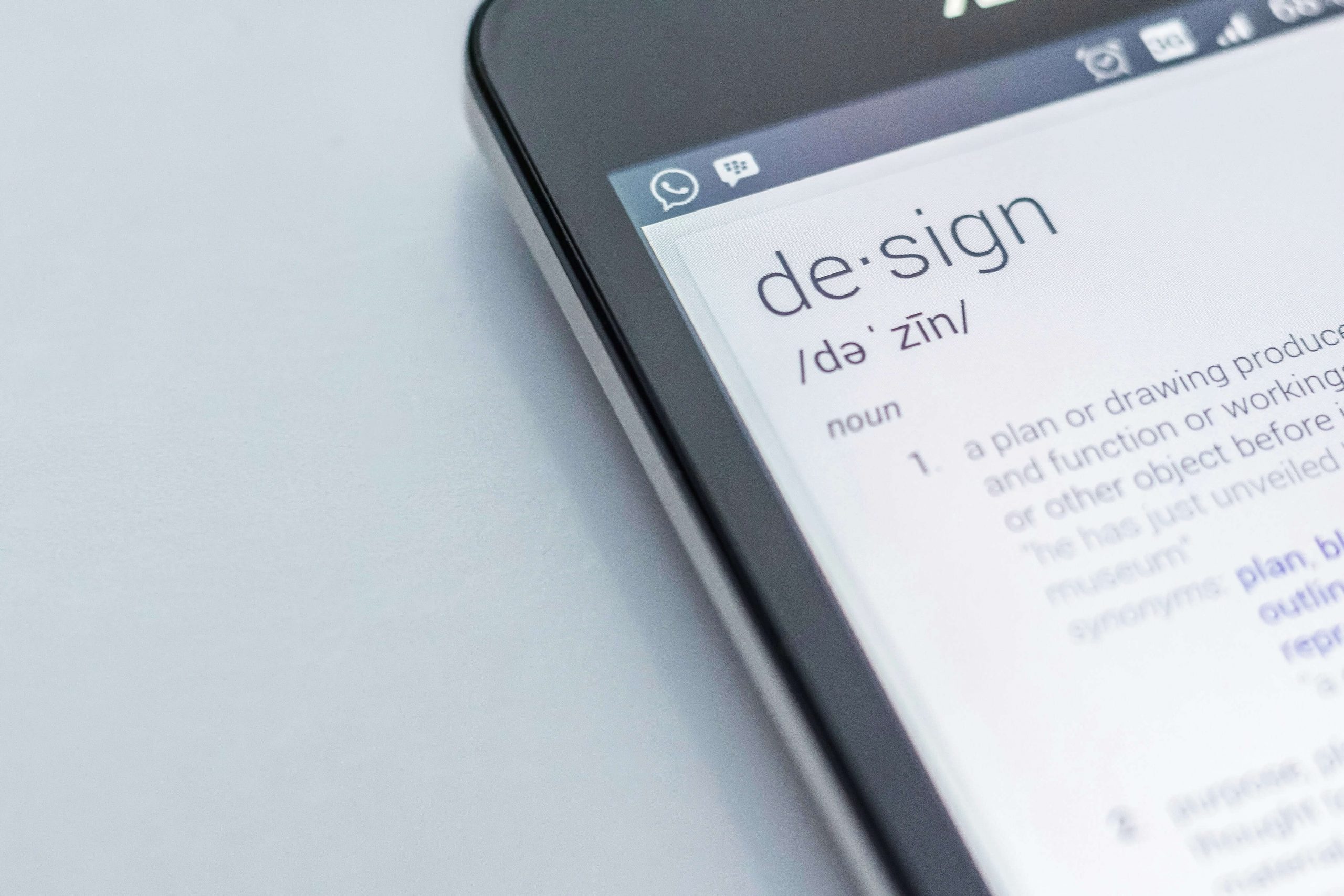February 9th 2024
The power of design systems
In the dynamic world of design, where consistency, efficiency, and scalability are paramount, the concept of design systems has emerged as a game-changer. Design systems offer a systematic approach to creating and maintaining a cohesive visual and functional language across various platforms and products. In this blog post, we’ll delve into the fundamental aspects of design systems, exploring how they enhance collaboration, streamline workflows, and contribute to the overall success of design projects.
What is a design system?
At its core, a design system is a collection of reusable components, patterns, and guidelines that unite to form a consistent and harmonious user experience. It encompasses everything from typography and colour schemes to UI components and interaction patterns, serving as a centralised resource for design teams. A well-crafted design system not only maintains brand integrity but also accelerates the design process, fostering collaboration and reducing redundancy.
Key components of design systems
Typography
A standardised set of fonts and typographic styles to maintain readability and visual harmony across all design elements.
Colour palette
A cohesive colour scheme that reflects the brand’s identity and ensures consistency throughout the user interface.
UI Components
A library of reusable UI components, such as buttons, forms, and navigation elements, to streamline the design and development process.
Iconography
A consistent set of icons that align with the brand and enhance visual communication within the interface.
Spacing and layout
Guidelines for spacing, grid systems, and layout structures to maintain a unified look and feel across different screens and devices.
Benefits of implementing design systems
Consistency across platforms
Design systems ensure that the visual and functional aspects of a brand remain consistent across various platforms, creating a seamless user experience.
Efficient workflows
Designers can work more efficiently by leveraging pre-built components and patterns, reducing the time spent on repetitive tasks and allowing for more focus on innovation.
Collaboration and communication
Design systems serve as a centralised point of reference, fostering collaboration among designers, developers, and other stakeholders by providing a shared understanding of design principles.
Scalability
As products and services evolve, design systems enable scalability by accommodating changes and updates in a systematic and organised manner.
Brand integrity
Design systems act as guardians of brand integrity, ensuring that the visual identity remains cohesive and recognisable across different touch points.
Design systems are more than just a trend; they are a strategic investment in the efficiency, consistency, and scalability of design projects. By adopting a systematic approach, design teams can create robust systems that not only enhance collaboration but also elevate the overall user experience. As the design landscape continues to evolve, design systems will remain an indispensable tool for organisations striving to deliver cohesive, user-centric solutions in a rapidly changing digital world.

